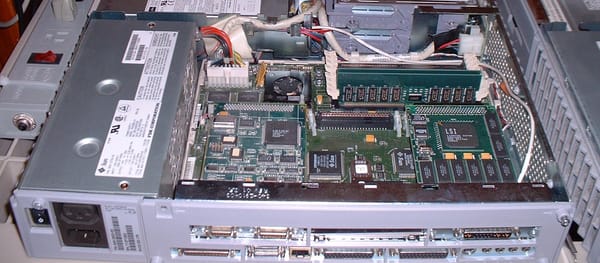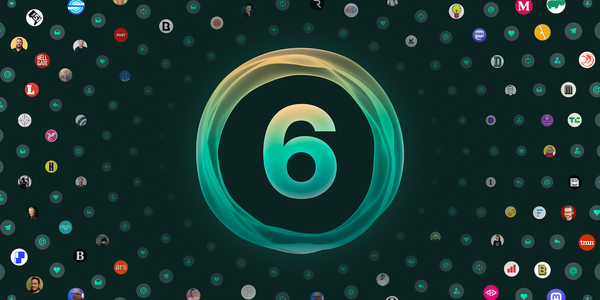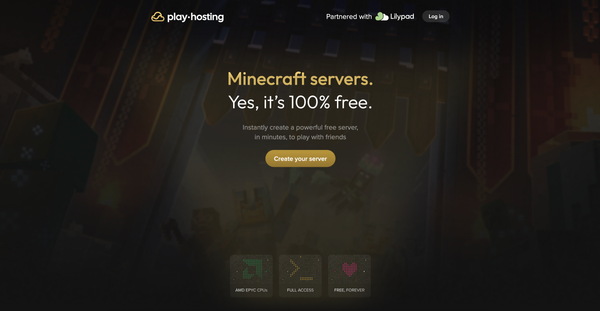How Has GeForce Now Evolved? A Look at Its Journey
Cloud gaming has come a long way since 2018. With new devices and better performance, is GeForce Now finally ready for prime time?
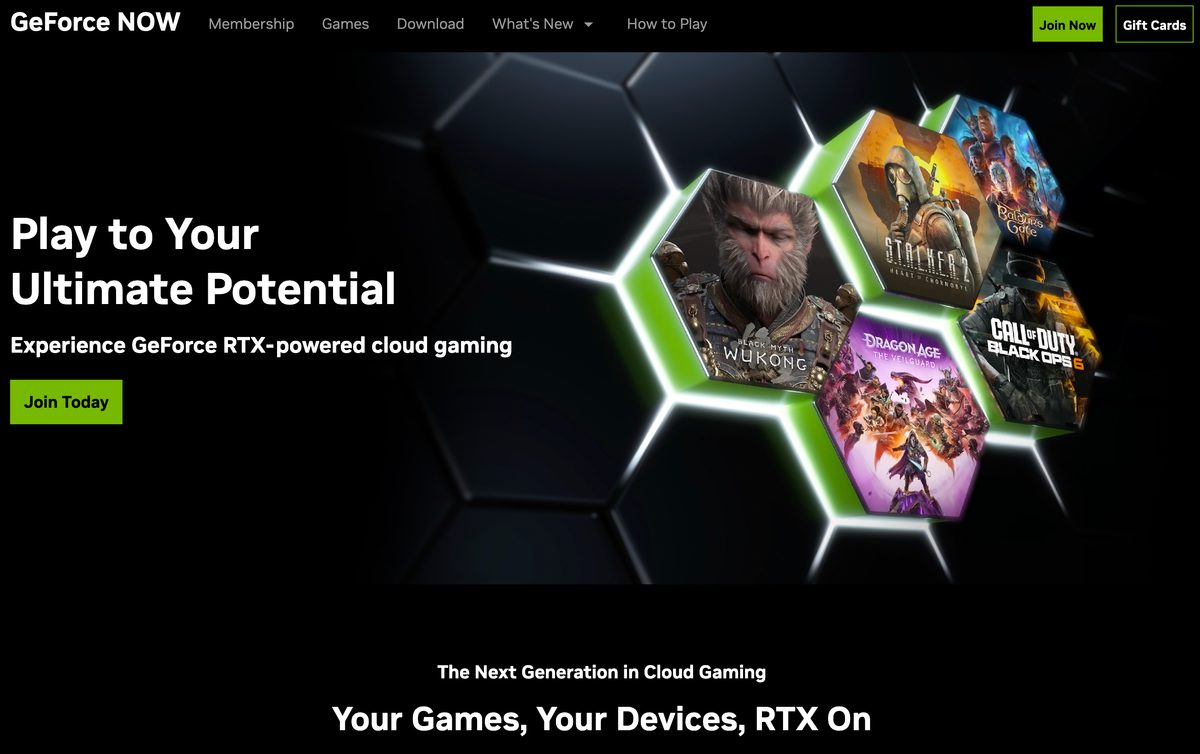
Imagine a world where you're no longer limited by the specs of your computer to play the latest, most demanding games. Cloud gaming makes this possible by running your games on powerful remote gaming rigs: machines hosted in data centers and purpose-built for high performance. Instead of rendering graphics locally, your device simply streams the gameplay video while your inputs are sent back in real time. This means even a basic laptop, tablet, or phone can become a portal to a high-end gaming experience. By decoupling performance from hardware, services like GeForce Now promise a future where premium gaming is just a stable internet connection away.
This technology was brought back to the forefront at CES 2025 when NVIDIA announced that GeForce NOW will soon support the Steam Deck, Apple Vision Pro spatial computers and the Meta Quest 3 and 3S. This expansion signifies a pivotal moment in cloud gaming, as it brings high-fidelity gaming experiences to a broader range of devices, expanding well beyond the traditional PC market.
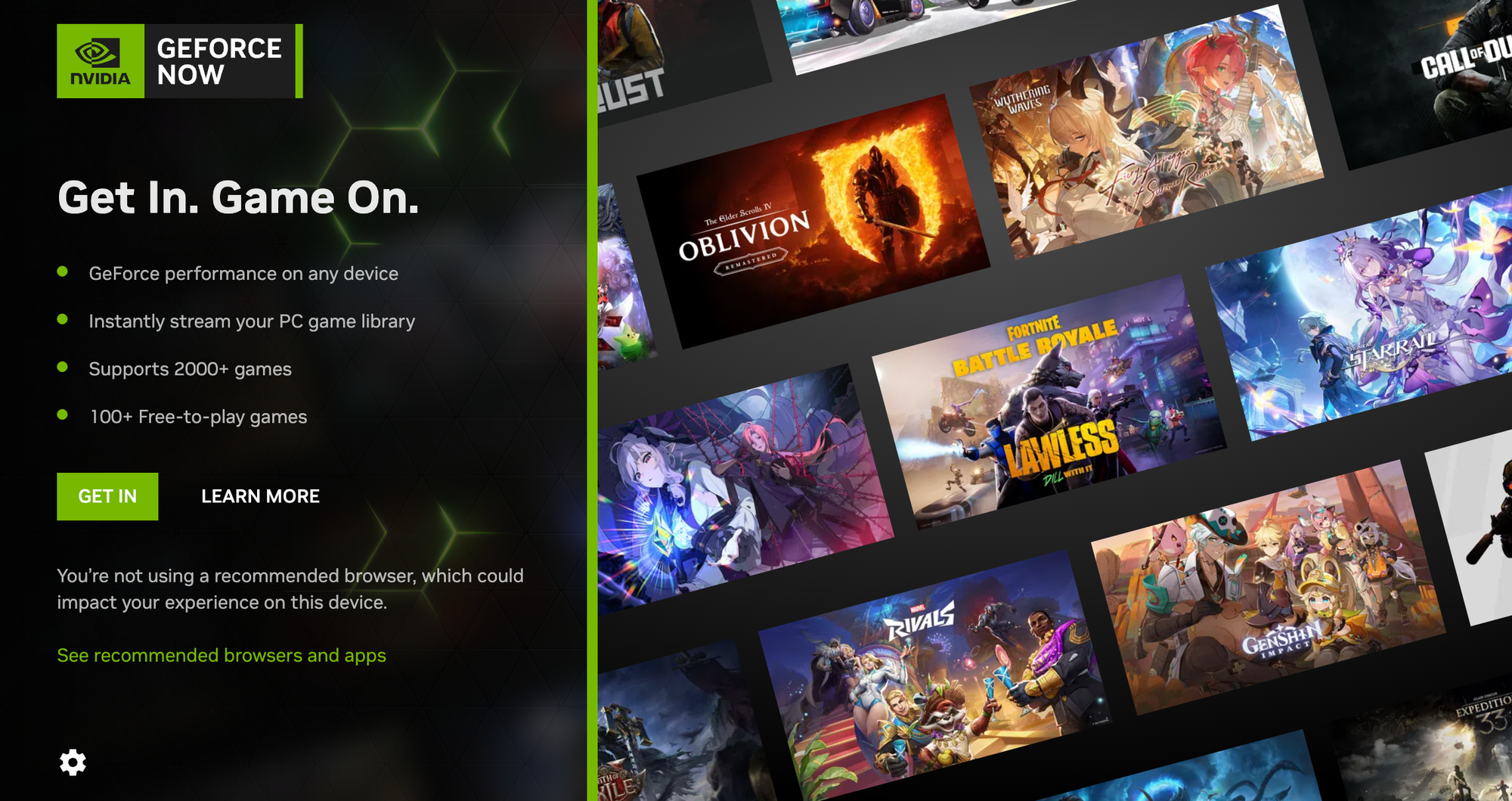
With these developments, it's an opportune time to revisit cloud gaming's evolution, particularly through the lens of GeForce NOW's journey since its 2018 debut. This article takes a look at how GeForce Now has transformed from its early pricing controversy to its current iteration, how it compares to competitors, and whether it remains a viable option for gamers in a world where GPUs remain expensive and elusive.
The Concept of Game Streaming
The idea behind cloud gaming is simple: instead of running games on a local PC or console, the game runs on powerful gaming rigs, with video and inputs streamed to the user’s device. This model eliminates the need for expensive hardware upgrades, making high-end gaming accessible to users on weaker devices such as low-powered laptops, older desktops, and even mobile phones.
However, cloud gaming comes with trade-offs. Latency is a critical issue, as any delay in sending inputs to the cloud and receiving video back can drastically impact the experience, particularly in fast-paced games. Google Stadia attempted to address this by introducing Wi-Fi controllers that connected directly to their data centers, claiming to provide "negative latency." However, negative latency is not a real concept, and the Stadia solution ultimately failed. The primary source of latency is not between the controller and the local PC but between the PC and the data center. In the end, as fiber broadband adoption improved, more users gained access to lower-latency connections, which provided a more effective solution to cloud gaming’s latency issues.

Bandwidth is another crucial factor. Streaming games requires a stable and consistent internet connection. To stream compressed video smoothly, approximate minimum bandwidth requirements are as follows:
- 1080p at 60fps: ~15 Mbps
- 1440p at 60fps: ~25 Mbps
- 4K at 60fps: ~50 Mbps
While higher speeds can help, they do not necessarily improve performance beyond a certain threshold. The key requirement is a steady stream of data with minimal fluctuations, as interruptions or drops in bandwidth can lead to lag, stuttering, or disconnects, even on high-speed connections. As such, a wired Ethernet connection is also a requirement for the best consistent experience.
GeForce Now’s Beginnings: A Pricing Controversy
When GeForce Now was introduced at CES 2018, its pricing model drew immediate scrutiny. The service offered cloud-based gaming machines equipped with either a GeForce GTX 1060 or GTX 1080 GPU. Players could rent access to these virtual gaming rigs at a rate of $25 for 2500 credits, which translated to 20 hours of gaming on the weaker GPU or 10 hours on the stronger GPU.
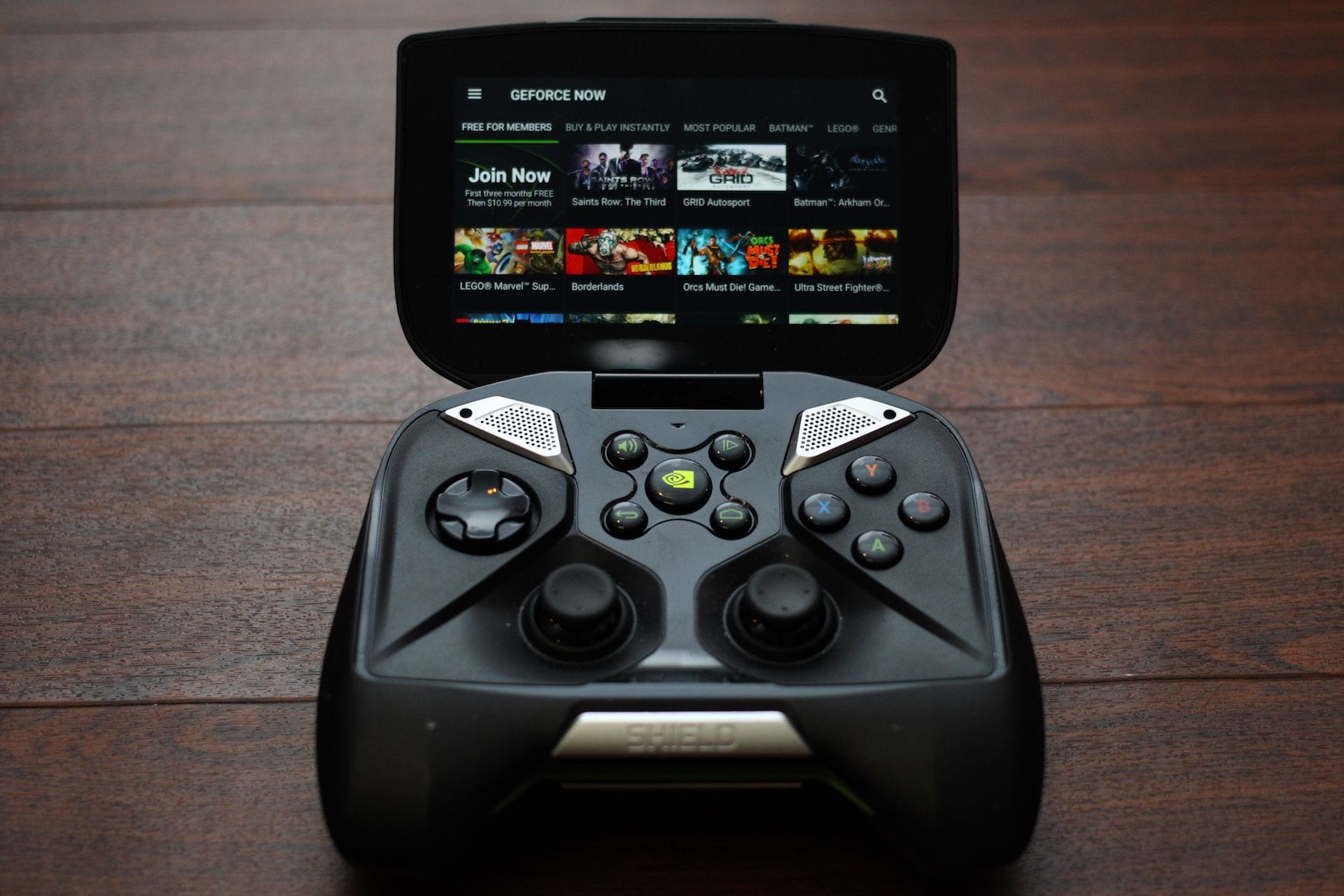
In contrast, GeForce Now for Nvidia’s Shield devices followed a subscription-based model at $7.99 per month, creating a disparity that frustrated PC and Mac users. While the service provided up to 1TB of storage, users still had to purchase their own games through platforms like Steam or Ubisoft. The pricing structure ultimately made it an expensive proposition for frequent gamers, especially when compared to investing in a dedicated gaming PC.
Despite these early challenges, the promise of high-end gaming on lower-end hardware kept the service relevant, particularly for occasional gamers and those constrained by Mac and Linux compatibility limitations.
GeForce Now Today: A New Model
Fast forward to today, and GeForce Now has undergone a significant transformation. The service now follows a tiered subscription model:
- Free Tier: Limited to one-hour gaming sessions with a queue system for access to standard gaming hardware.
- Priority Tier ($9.99/month): Grants access to RTX 2060-class hardware with ray tracing enabled and extended session lengths.
- Ultimate Tier ($19.99/month): Offers top-tier RTX 4080-class GPUs with up to 4K 120fps streaming, lower latency, and exclusive server access.
Day passes and 6-month plans are also available. This shift to a subscription-based approach brings it in line with competitors like Xbox Cloud Gaming and PlayStation Plus Premium, making it a more predictable cost for users. Additionally, the introduction of Nvidia’s RTX 4080 SuperPOD gaming rigs has enhanced performance, significantly reducing latency and improving visual fidelity.
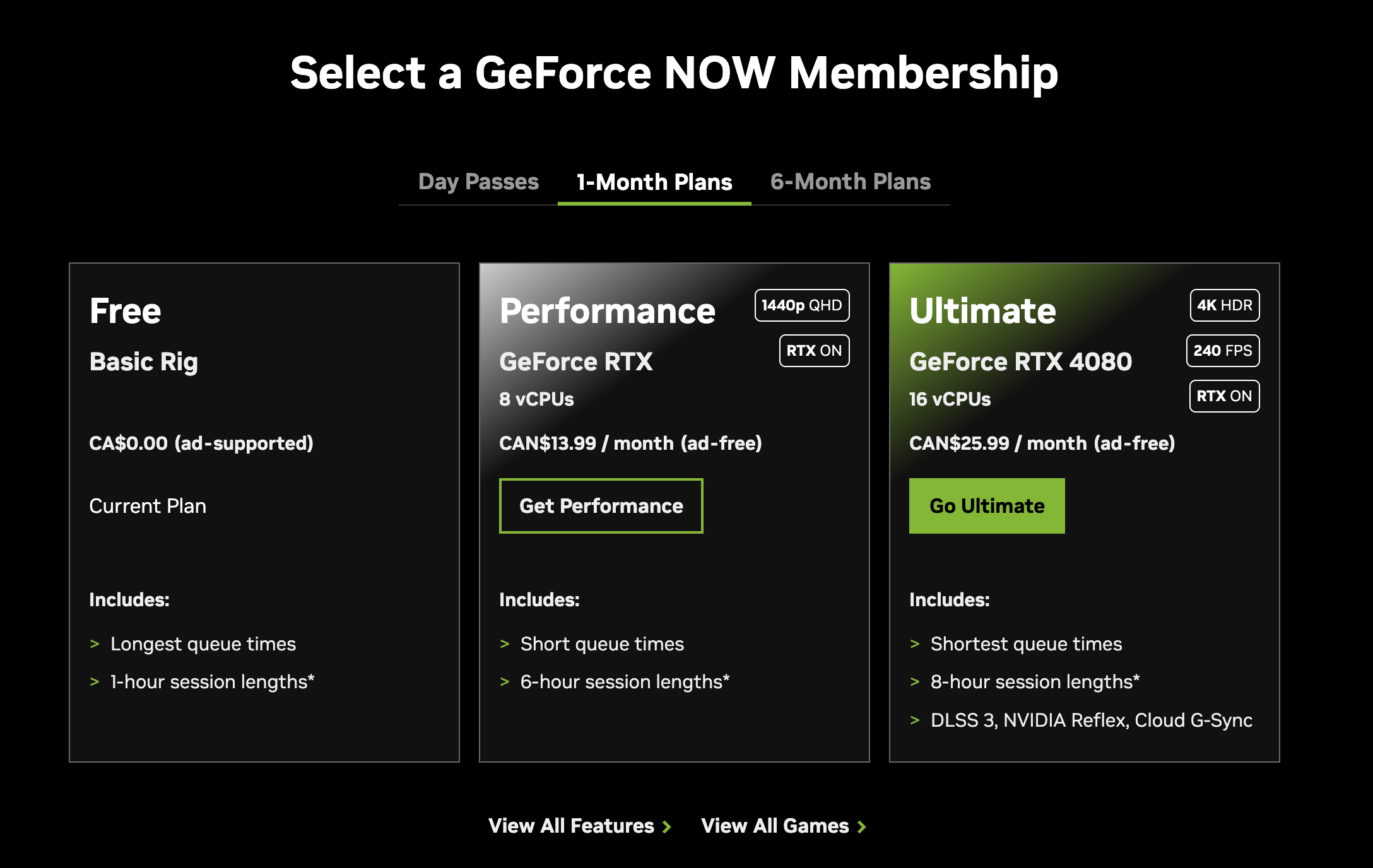
Unlike services that bundle game libraries, GeForce Now requires users to own their games on supported platforms. This decoupling of the service from the game library is actually a significant advantage, as it allows players to choose their preferred game store, retain ownership of their games, and switch between local and streaming play as needed.
GeForce Now Infrastructure
GeForce Now maintains a global network of data centers strategically located to minimize latency for players. Latency is a critical factor in cloud gaming, as it directly impacts the responsiveness of gameplay. NVIDIA provides a status page that lists infrastructure locations using airport codes.
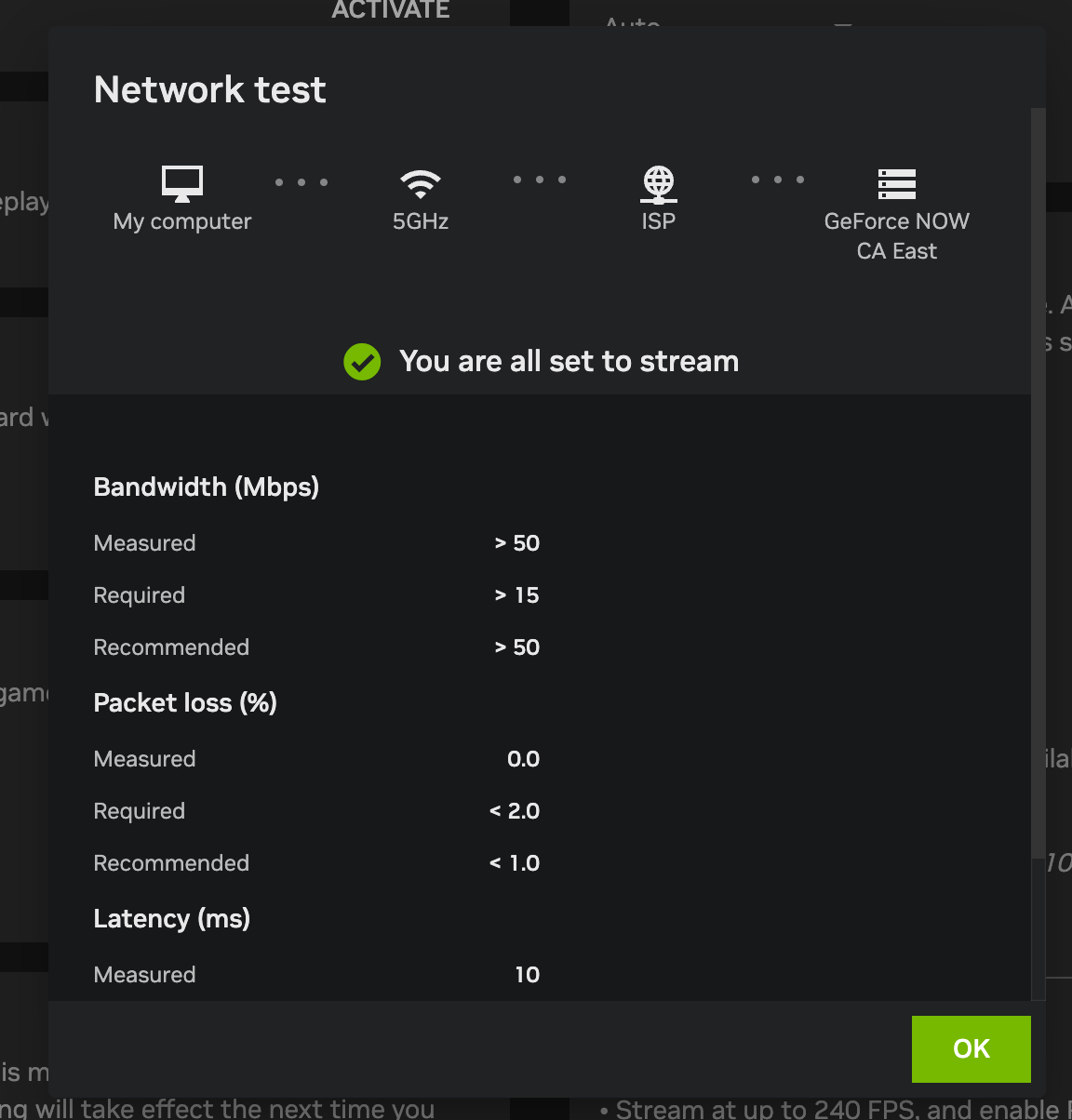
In North America, infrastructure is distributed across major urban hubs including the East Coast, West Coast, and central United States. Europe is covered by nodes in major tech centers like London, Amsterdam, and Frankfurt. In Asia, the service reaches users through facilities in Tokyo, Seoul, Hong Kong, Singapore, and Mumbai. Australia is supported via a data center in Sydney. This wide distribution ensures that a large portion of the global gaming population can access GeForce Now with low latency.

GeForce Now’s free tier allows users to test latency with Nvidia’s data centers, ensuring they can determine if the experience is viable before committing to a paid plan. However, access to a gaming session is not instantaneous, users are placed in a queue when requesting a machine. The wait time is typically much shorter for paid subscribers, but even on the free tier, recent testing showed that it only took a couple of minutes to secure a session. This approach helps NVIDIA manage load while still offering a way for new users to try the platform under realistic conditions.
The Experience
GeForce Now offers impressive flexibility in how players access their games. The platform runs either through a standalone application, recommended by NVIDIA for optimal performance, or directly from a web browser. This browser-based access is a major strength, allowing users to play games on devices they don’t own, whether it’s at a friend’s house, a net café, or a borrowed machine.
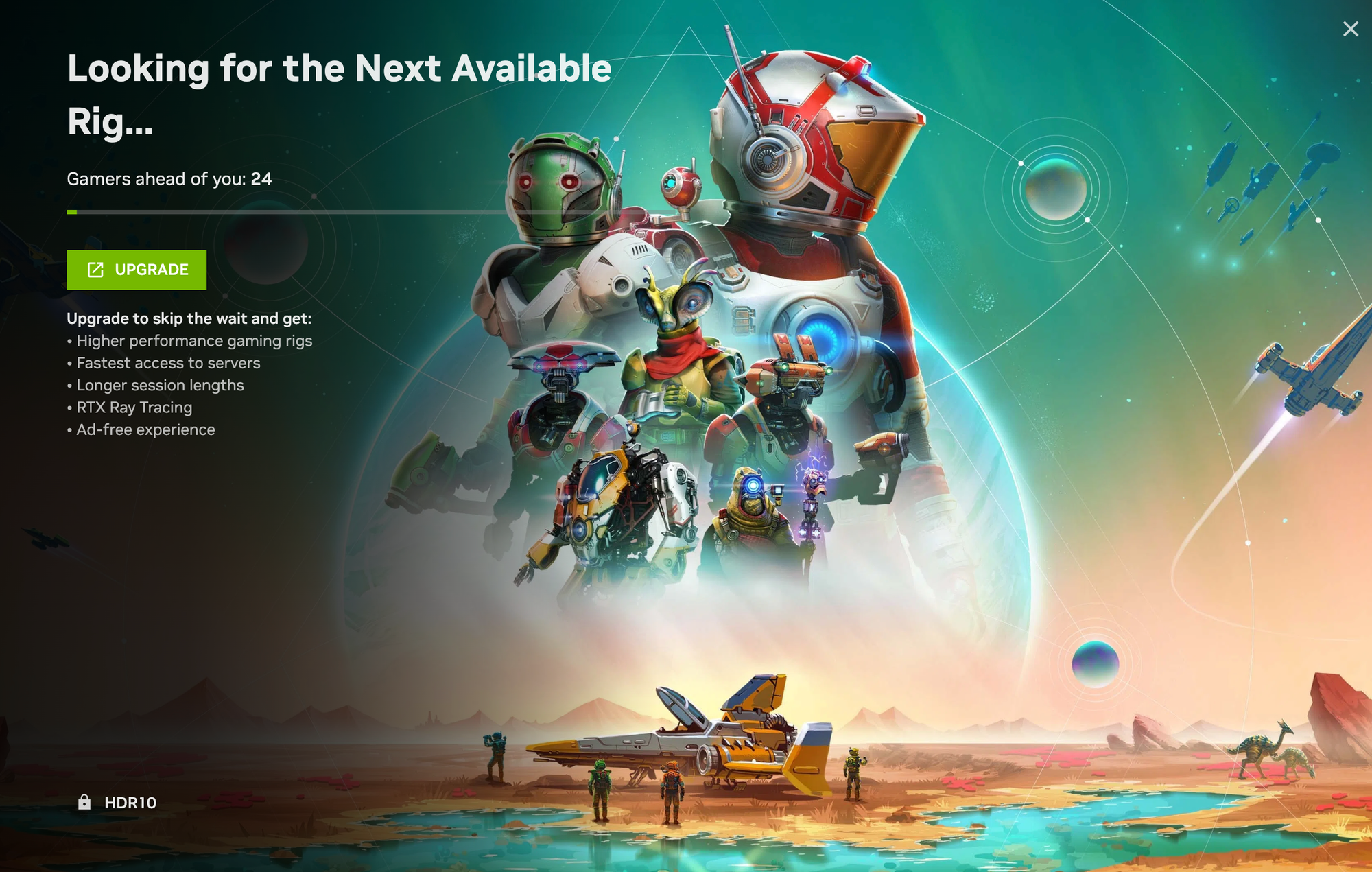
When launching a game, users are placed in a queue while GeForce Now finds an available gaming rig. On the desktop app, the interface will automatically transition once a rig is secured. In the browser version, users can enable notifications so they’re alerted when it’s their turn to play.
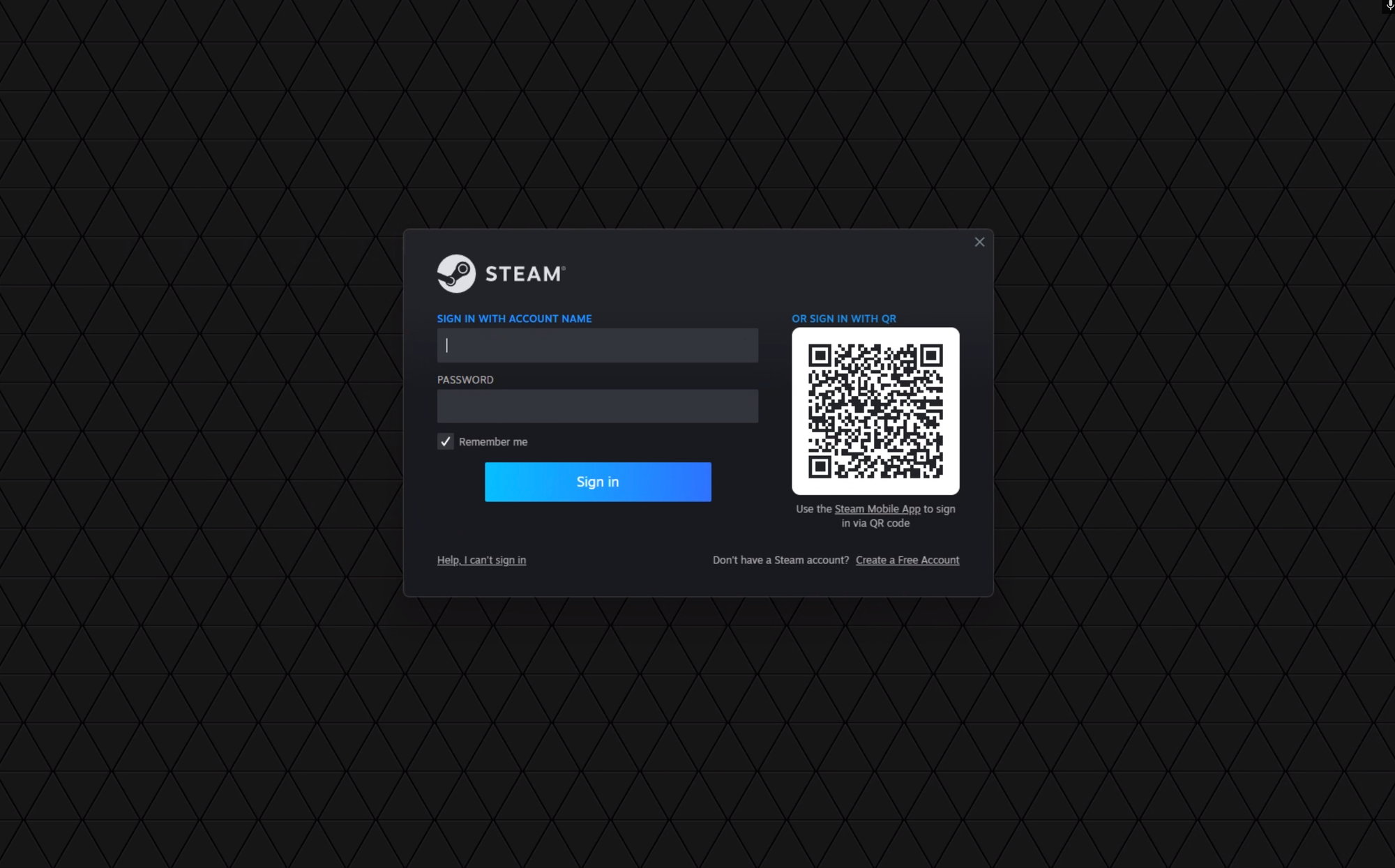
Before gameplay begins, users must log into their digital storefront, typically Steam, though other platforms like Epic Games or Ubisoft Connect are supported as well. Thanks to Steam’s modern QR code login system, this process is fast and frictionless.
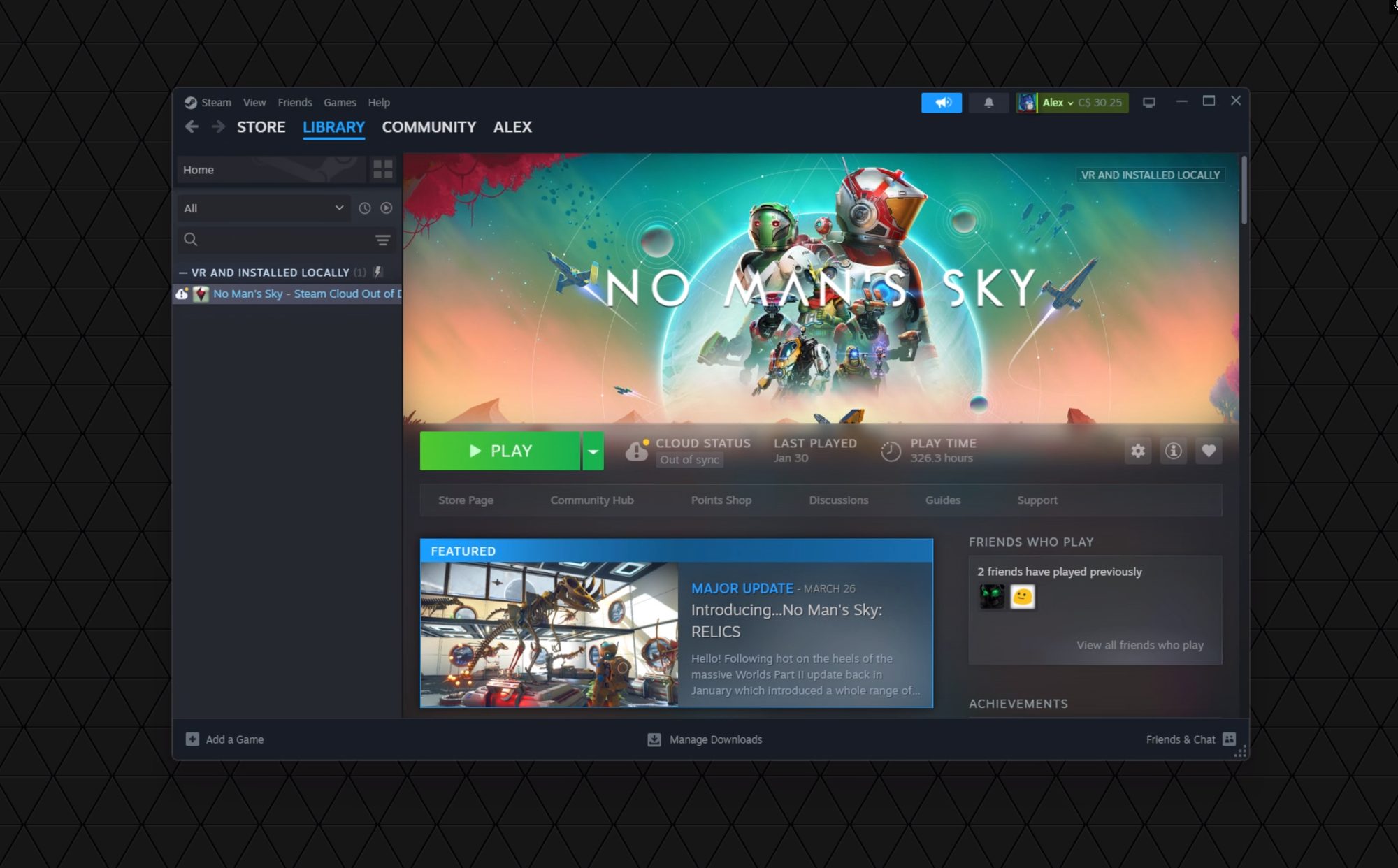
Once logged in, players are dropped into a minimal Steam client environment, often with just one game pre-loaded and ready to launch. Cloud saves are supported, meaning progress syncs automatically across devices. After the game session ends, players are returned to the Steam interface where they can cleanly exit and disconnect, freeing up the rig for the next player.

Despite streaming gameplay from a server located over 700 kilometers away, the experience remained surprisingly solid. Latency was noticeable, but not disruptive. Some artifacting from the compression could also be seen, but did not detract from the experience. No Man’s Sky was chosen for testing precisely because it’s the kind of game that tolerates a slight input delay. Movement, interactions, and exploration all felt responsive enough for a relaxed single-player session. However, this level of performance wouldn’t hold up in latency-sensitive genres like fighting games or competitive shooters, where split-second reactions are critical. Titles like Rivals of Aether or Doom would likely expose the limits of the setup.
A Competitive Landscape
Despite high-profile failures from major cloud gaming entrants like Google Stadia, the market remains competitive. While GeForce Now may be one of the originals still standing, several other major platforms have since emerged, each offering a distinct take on cloud gaming.
Xbox Cloud Gaming is part of Microsoft’s Game Pass Ultimate subscription, which offers access to a vast library of over 400 games, including first-party exclusives available on launch day. The service follows an all-inclusive subscription model, where users pay a flat monthly fee to stream games across Xbox consoles, PCs, and mobile devices.
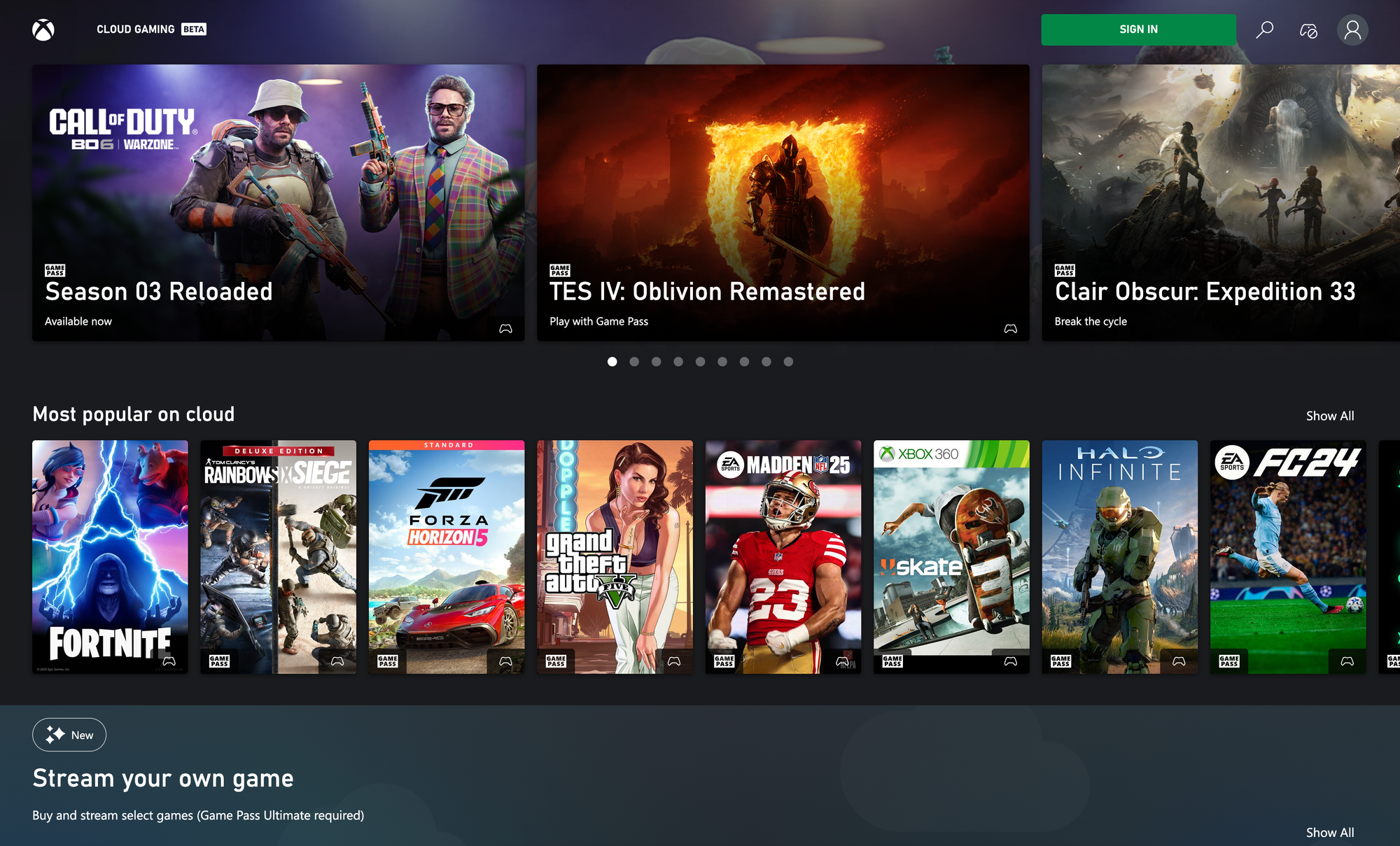
Microsoft leverages its Azure cloud infrastructure to provide relatively low-latency streaming and integrates cloud save functionality, allowing seamless transitions between local and cloud play. A major advantage of Xbox Cloud Gaming is its integration with Game Pass, making it an incredible value for users who prefer a rotating game library without purchasing individual titles.
Sony’s PlayStation Plus Premium service expands cloud gaming access by offering a selection of classic and modern PlayStation games for streaming on PS5, PS4, and PC. Unlike Xbox Cloud Gaming, PlayStation Plus Premium primarily caters to legacy gaming, allowing users to stream PS3 titles that cannot be natively played on current-generation consoles. The service operates on a tiered subscription model, with the highest tier granting cloud access. While its catalog isn't as extensive as Game Pass, its unique focus on Sony-exclusive titles makes it appealing to PlayStation enthusiasts who want to revisit older games without additional hardware.
Amazon Luna offers a unique approach (if not overly complex) to cloud gaming through a combination of subscription tiers and game ownership options. If you have an Amazon Prime subscription, you gain access to a rotating selection of games, including some popular titles from major publishers like Epic Games.
For a broader selection, the Luna+ subscription provides access to an expanded library of games, along with the ability to play anything you own on GOG and Ubisoft Connect. Additionally, Luna allows users to purchase GOG games directly through its marketplace, making it a flexible option for those who prefer to own their games outright. Finally, there is Ubisoft+, which grants access to a large library of Ubisoft titles, including new releases and classic franchises. This makes Luna particularly appealing to fans of Ubisoft games while also offering a mix of curated selections and direct game ownership through integration with GOG.
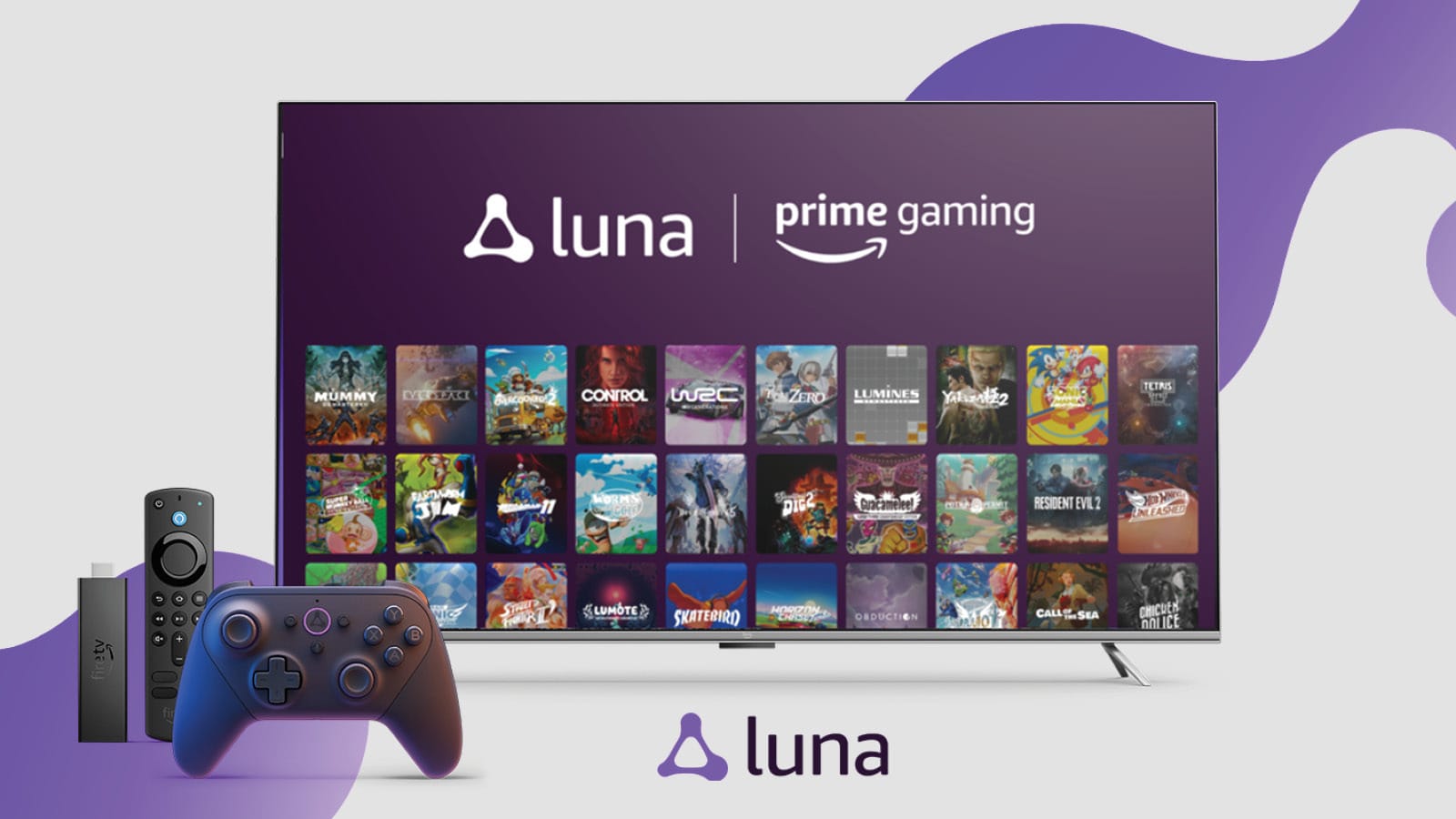
The service runs on Amazon Web Services (AWS) and integrates natively with Fire TV and Alexa, making it one of the most accessible options for casual players. However, its selection is more limited compared to Game Pass or GeForce Now, and its lack of a robust game ownership model means users lose access if they unsubscribe.
Shadow is a cloud computing platform rather than a dedicated gaming service, providing users with full access to a remote high-performance Windows PC. Unlike other cloud gaming platforms, Shadow allows users to install and run any software they choose, making it ideal for gamers, content creators, and professionals who need high-end computing power. It operates on a subscription model, with different pricing tiers based on hardware specifications. While it offers the most flexibility, it also requires users to manage their own game installations and updates, making it less streamlined than other gaming-focused services.
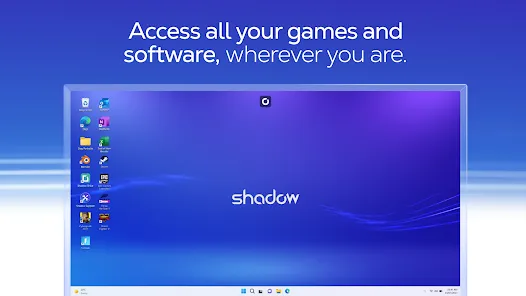
Each service has strengths and weaknesses, with GeForce Now’s major advantage being its ability to let users play their own Steam and Epic Games Store libraries without repurchasing games. Unlike other platforms that lock users into specific ecosystems, GeForce Now offers true flexibility by letting players retain their game ownership while benefiting from cloud gaming.
The Verdict: Is GeForce Now Worth It??
In 2018, GeForce Now’s pricing model made it an expensive experiment rather than a mainstream gaming solution. Today, with its tiered subscription options, support for modern GPUs, and continued refinement of streaming technology, it has become a much more compelling option for gamers, especially given the ongoing GPU shortage and high hardware costs.
Xbox Game Pass Ultimate presents an excellent alternative for those without an existing game library, offering an extensive catalog at a competitive price. However, for players who already own a collection of games on Steam or Epic Games Store, GeForce Now is a strong value proposition.
From a cost perspective, a mid-tier GeForce RTX 4060 costs around $350 (at the time of writing), equivalent to roughly three years of GeForce Now’s Priority Tier subscription. The choice ultimately depends on a user's current hardware, how long they plans to utilize the service and how heavily they play. The Ultimate Tier, while offering high-end RTX 4080-class performance, is a harder sell, as users looking for such a premium experience are typically more concerned with ultra-low latency and graphical fidelity, often opting for dedicated hardware instead.
As cloud gaming technology continues to mature, GeForce Now serves as a testament to both the challenges and potential of the industry. Although unlikely to become the dominant model for gaming, its evolution so far is a fascinating glimpse into the changing landscape of digital entertainment.

